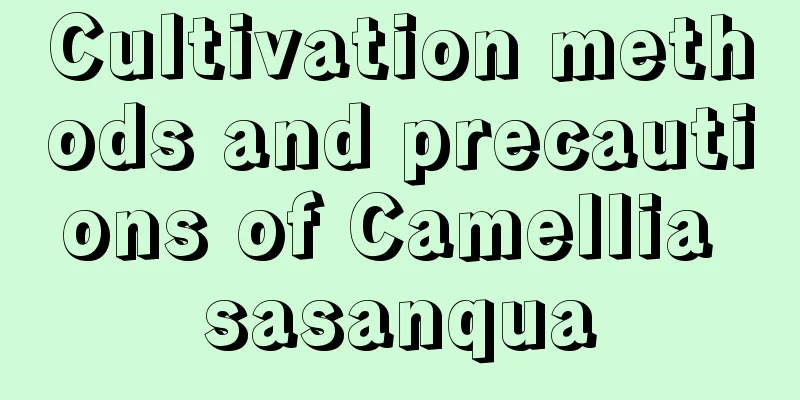Melon planting methods and management techniques

|
Melon is deeply loved by consumers for its unique aroma and sweet taste. Melons are not only delicious but also have medicinal value. The market demand for melons is large and the economic benefits are significant, which has attracted many farmers to invest in melon cultivation . However, the growth of melon is greatly affected by the geographical environment and has specific temperature requirements. Let’s learn about the planting methods and management techniques of melons. 1. Planting time Melons are suitable for field planting in March and April, while in greenhouses they can be planted earlier in February. As a spring-sown crop, sowing too early may result in seed rot or frost, while sowing too late may affect yield and quality. The sowing period should be determined according to the local climate, cultivation methods and meteorological conditions to ensure safe emergence and a suitable growing period. 2. Planting and Management Sowing and seedling raising: Melons are mostly planted in the open field. In recent years, early-maturing cultivation in small greenhouses has brought good benefits. Thick-skinned melons are mostly grown in greenhouses in spring and autumn. Soak the seeds for germination before sowing, and pay attention to temperature and disinfection. Planting: The best time for melon seedlings to be planted is 30-35 days. Choose thick, loose sandy soil for planting. Before planting, apply sufficient base fertilizer, deep plow the land, make ridges or furrows, and make sure the fertilizer and soil are evenly mixed. 3. Management after planting Watering and fertilizing: Pay attention to heat preservation and control watering in greenhouse cultivation in early spring. Apply fertilizer in time during the vine extension and expansion stages, and apply foliar fertilizer to supplement nutrients. Pruning, pinching and hanging vines: pinching promotes the growth of side branches, pruning methods are adjusted according to the habits of the variety, and support or hanging vine cultivation improves space utilization. Artificial pollination and hanging melons: Artificial pollination is required for greenhouse cultivation in early spring, and hanging melons can reduce fruit damage. Harvesting: Determine the harvest period based on the characteristics of the variety and maturity, and avoid picking unripe melons. 4. Pest and disease control Diseases: mainly include anthracnose, powdery mildew, wilt, etc. Comprehensive management measures should be taken and corresponding pesticides should be sprayed in time at the early stage of the disease. Pests: including aphids, whiteflies, etc., use corresponding pesticides for spray control and yellow boards for trapping and killing. The above are the planting and management methods of melons. If these are done well, farmers can effectively improve the planting efficiency and fruit quality of melons and achieve good economic benefits.
|
<<: How long does it take to dry the roots of the cuttings of the sword?
>>: How to clean orchid leaves
Recommend
When is the Immortal Finger grafted?
1. Grafting time There are not many restrictions ...
Peanut hydroponics, vegetables become potted plants, do you still just think of it as a vegetable?
The idea comes from "Rose Like Dust" 1....
What is the cause of root rot in Chlorophytum comosum?
1. Excessive watering The most likely reason for ...
What to do if the kumquat tree loses leaves
1. Insufficient nutrients If it is often in a nit...
Petunia video: One small seed can grow a large pot of petunias
Petunia sowing video Steps for propagating petuni...
Can tuberose be planted at the doorstep?
Can tuberose be planted at the doorstep? Tuberose...
How to breed firecracker bamboo (firecracker bamboo)
Cutting propagation method of firecracker bamboo ...
Peach Blossom Pest Control Encyclopedia
How to prevent peach aphids Aphid damage The main...
How to care for jasmine after buying it? What's the matter with yellow leaves after buying it?
1. How to maintain it after buying it After buyin...
The efficacy and effects of kale
The ornamental value of kale Kale is an excellent...
The correct way to water hyacinths grown in soil, should water accumulation be dealt with?
1. Correct watering method 1. Water after the soi...
How to propagate Scutellaria barbata
The required container and cutting time of Scutel...
1 room, 2 pots of flowers, formaldehyde exposure, health for the whole family!
1Electromagnetic Radiation The electromagnetic ra...
When is the best time to transplant blueberry trees?
When transplanting blueberry trees, you should pa...
Tips on how to deal with yellowing leaves
Many people will encounter various problems when ...









